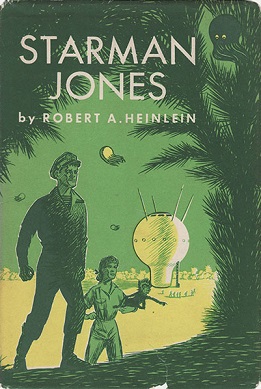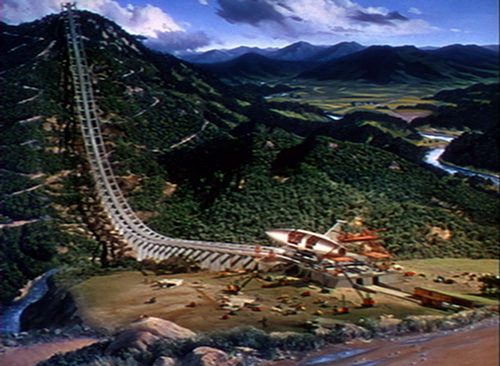
Posted on 10/03/2017 10:07:35 PM PDT by 2ndDivisionVet
While stuck in traffic in 1961, James Powell, a young researcher at Brookhaven National Laboratory came up with the idea of using powerful magnets to lift and propel massive passenger-carrying cars. Over the next seven years, he and his colleague Gordon Danby spent their spare time piecing together a concept. They obtained a patent for the breakthrough in 1968. Powell and Danby's magnetic levitation, or maglev, technology must have seemed like magic back then, but it is now being used to move large trains at speeds up to 375 miles per hour!
Not content to rest on this sole accomplishment, the 84-year-old Powell now has grander ambitions for his maglev breakthrough. In 2001, he teamed up with George Maise, an aeronautical engineer and 23-year veteran of Brookhaven National Laboratory, to put forth an idea to revolutionize space launches: StarTram.
StarTram is just as audacious as its name implies. It boils down to building a maglev train to outer space. Here's how it works: Magnetically-levitated spacecraft will be propelled inside a curved tube aimed skyward. All air will be evacuated from the tube in order to eliminate drag. Craft will exit the lengthy tube at a speed of 8.8 kilometers per second in order to escape Earth's atmosphere. A generation-1 StarTram design intended to launch cargo vessels will feature a 81-mile tube built up the side of a mountain to reach a launch altitude of 12,0000 to 20,000 feet. The Andes Mountains of Chile or the White Sands Missile Range of southern New Mexico might be ideal locations. Powell estimates that spacecraft could be launched every hour, carrying upwards of seventy tons of cargo per launch at a cost of just $20 to $50 per kilogram....
(Excerpt) Read more at realclearscience.com ...
Wish we’d built mag lev trains here.

Or 50 to 100 full size nuclear power plants.
That is a lot of power.
And I can’t imagine the size of the capacitor banks that it would need to store that power for quick release at “around 200 million amperes!”
I can’t imagine the noise that it would make when those capacitors were discharged
Imagine if someone hooked it up to a door knob!
Instant plasma.
Which is why they need superconducting cables.
Copper or aluminum cable would instantly vaporize.
Have you seen the IAC presentation Musk gave? Incredible.
The actual BFR is going to be scaled down, but still more powerful than the Saturn V, and 100% reusable. They are also looking to use it for suborbital commercial passenger flights.
https://www.youtube.com/watch?v=AxjGKm5-1eM&feature=youtu.be
Beat me to it! ;-)
Wasn’t this also the basis for the launchers (”catapults”) that the Moon colony used to threaten Earth, to gain their Independence, in Heinlein’s Libertarian classic “The Moon is a Harsh Mistress”?
TANSTAAFL!
Sorry too late
From the same team as Thunderbirds mid 1960’s
I dont think Elon was born then !!!
Fireball XL5 https://www.youtube.com/watch?v=6ifS2nP53Zs
short video great song - enjoy
Imagine the noise and flash from 200 million amps if there was a short circuit!



I can imagine it would be something like a MOAB detonation.
But that does bring up some interesting tech questions that I had not considered.
Operating this Mass Driver is going to require some new technology in switches and breakers.
I would think that the work that the Navy and their research contractors have done with their railguns would be applicable but even those would be puny in comparison.
I think that the switches for launching something this big might be disposable. Such as close the switch once and throw it away because it destroys itself in the process.
bkmk
“Imagine if someone hooked it up to a door knob!”
They would move pretty fast!!!
Dick Tracy did it first.

100 gigawatts!!!

One of my all-time favorite sci-fi books.
Disclaimer: Opinions posted on Free Republic are those of the individual posters and do not necessarily represent the opinion of Free Republic or its management. All materials posted herein are protected by copyright law and the exemption for fair use of copyrighted works.